LiveCanvas unique features
1. LiveCanvas is built for old-school style devs working in pure HTML/CSS.
This is both a pro and a con. If you like working in pure HTML and CSS, and avoiding any PHP logic or drag-and-drop visual nature of newbie pagebuilders, LiveCanvas is absolutely perfect for you.
It very cleanly allows you to define your working space, arranging the layout in the columns you want, and then picking from pre-built templates and content blocks or coding in raw HTML/CSS. This aspect of it alone makes it perfect for devs wanting to get straight to the wiring instead of being forced to operate like newbies.
Then there’s also the ability to create your custom sections and blocks for you to re-use anywhere around your site. Everything is raw HTML based. LiveCanvas feels more like a simple way to static-hardcode rather than an actual dynamic-database pagebuilder.
The HTML/CSS editor is a nice touch. I also enjoyed how it popped up from the bottom like the browser developer tools and comes with different styling options. Syntax auto-correct also nice. It all feels very intuitive.
2. LiveCanvas uses the Bootstrap CSS framework.
Again, here goes another pro and con. If you’re one of those build-from-scratch devs that love (and familiar with) the Bootstrap CSS framework, this pagebuilder is built just for you! If you don’t like the Bootstrap framework, then this obviously isn’t for you.
For what it’s worth, I personally don’t like CSS frameworks but will say that LiveCanvas is indeed very very fast with it. It’s really not so bad. To write CSS from scratch would take so much longer. Your call.
3. LiveCanvas loads super fast, no extra CSS/JS on frontend.
It’s very simple how they managed it but also sensible. There’s no extra CSS or JS, because the CSS is already built off the same Bootstrap framework that the theme was built with. And there’s no JS unless you manually enable animations. This is the perfect granular control for developers that want super clean customized designs but without bloated/slow JS animations.
This is what allows LiveCanvas to be so darn fast! I also love that it loads fast on the backend as well. Other pagebuilders can take anywhere from 5-20 seconds to load and that’s a total buzzkill. Makes your site feel so much heavier and that much more annoying to get in and out of.
If you really care about better page scores and not having so much CSS/JS to optimize, LiveCanvas will help you there as well.
4. LiveCanvas is layout-centric, not content-centric.
While LiveCanvas can be used by anyone, it’s really more for someone with an understanding of HTML code. A developer understands how sections, divs, columns, and html work. (LAYOUT FIRST.) First they define the space and then they fill the space.
Whereas non-coders think the opposite way. (CONTENT FIRST.) First they throw items onto the page and then they drag things around to move or resize/reshape them. If you’ve been designing or working with pagebuilders in non-coder mentality, LiveCanvas is not for you.
5. LiveCanvas is not flashy.
This is why I like it, but will also be the reason why others may hate it. Whatever slick graphics and layouts you saw on the website…the actual pagebuilder doesn’t feel like that. It’s very no-frills, no fancy templates and layouts to choose from. The included “prebuilt templates” are more like draft blueprints for you to build upon. Again…that’s perfect for me…but I’m sure many people accustomed to the slick finished Elementor/DIVI designs will think LiveCanvas is “inferior”.
It really depends where you’re coming from. If you’re a noob with no sense of design logic…I think you’re better off with a finished theme or DIVI/Elementor to give you nice design inspirations. LiveCanvas is more for developers that already have finished graphic designs from their clients and now just have to code them into WordPress.

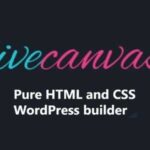
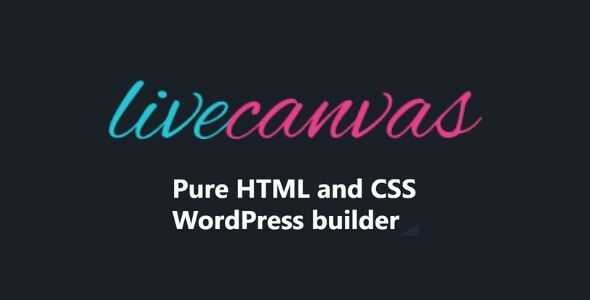


 We’d love your feedback!
We’d love your feedback!
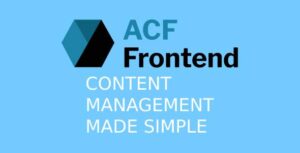
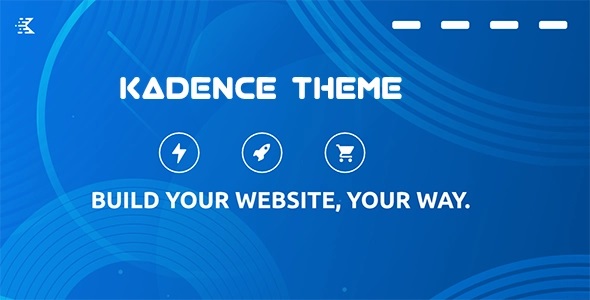




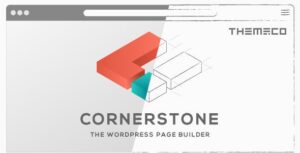

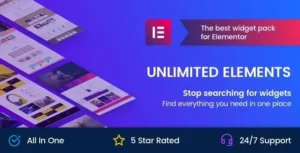
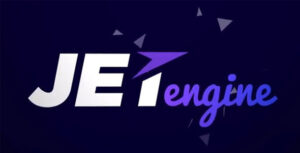
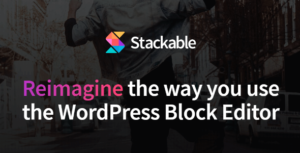
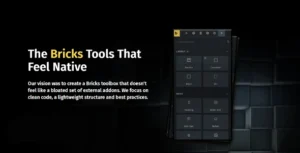


Reviews
There are no reviews yet.